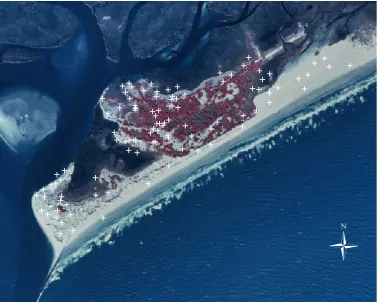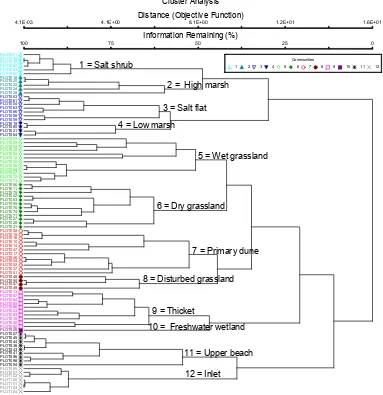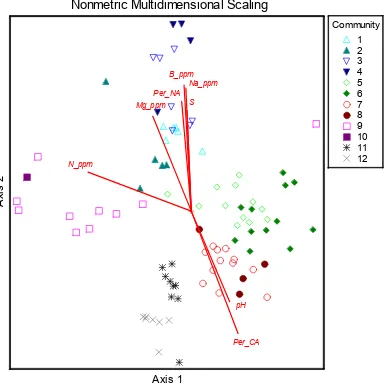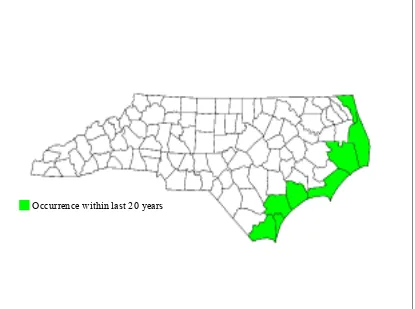Ecology of Bird Island, North Carolina: An Uninhabited, Undeveloped Barrier Island
Full text
Figure




Related documents
During the Kellwasser Event (~372 mya) probably more than 19% of all families, about 50% of all genera, and ~70-80% of all animal species existing became extinct, amongst
The case authoring features advanced graphical, drag-and-drop based user interface which allows a user to type in case contents and manages the cases in a natural fashion.. A user
As illustrated in Figure 4, the time-varying flow rates on each link are predicted over the prediction horizon (along with the link travel time information), based on
A Chateau Chantal shareholder may not sell or otherwise transfer common stock unless the sale or transfer complies with applicable state and federal security laws.. Also,
Then , in high school , Reed eamed a scholarship to study at the Penn- sylvania School of Ballet and she com- bined that strict ballet training with danc- ing with the Arthur
We differentiate internal factors (cost of capital, operating expenses and loss provisions) from the external ones (regulation, competition and inflation).The outcomes of
• JPLo: Petals Link will contribute to R&D Agenda, to definition of standards (api, etc.), to promote use of OW2 OSCi components in use cases, to facilitate technology transfer
The number of combinations possible is calculated by taking the factorial of the total number of atoms of that element in the compound and divide it by the (factorial of the





